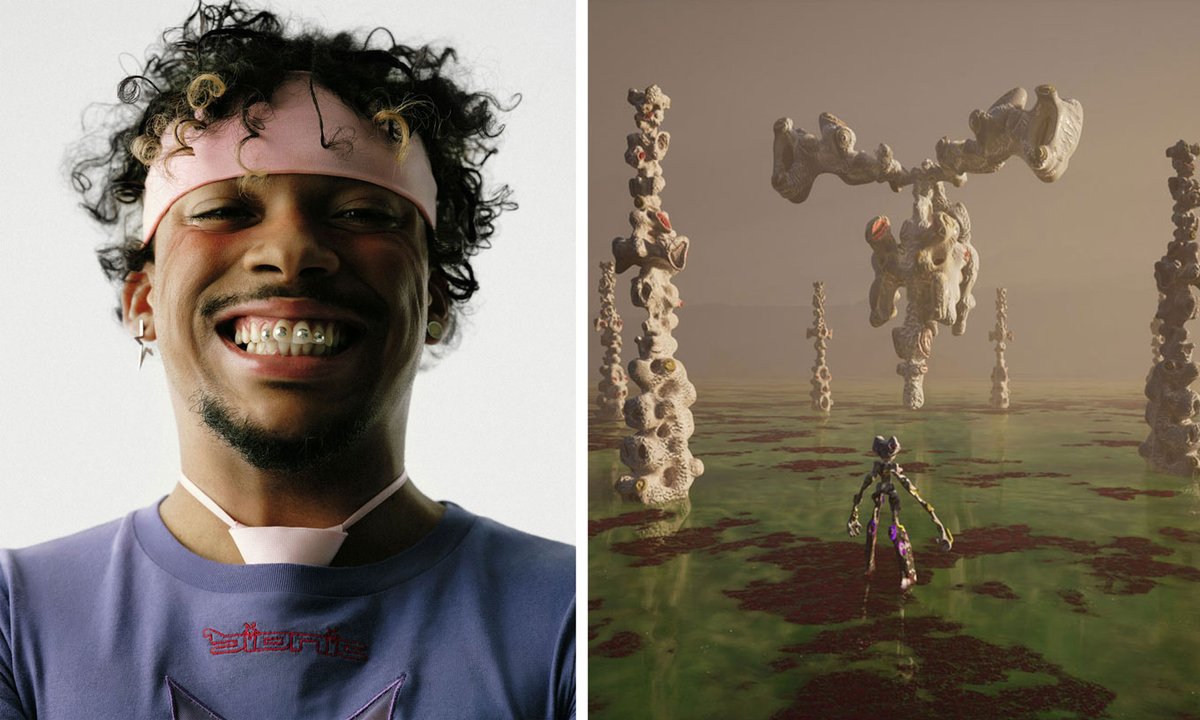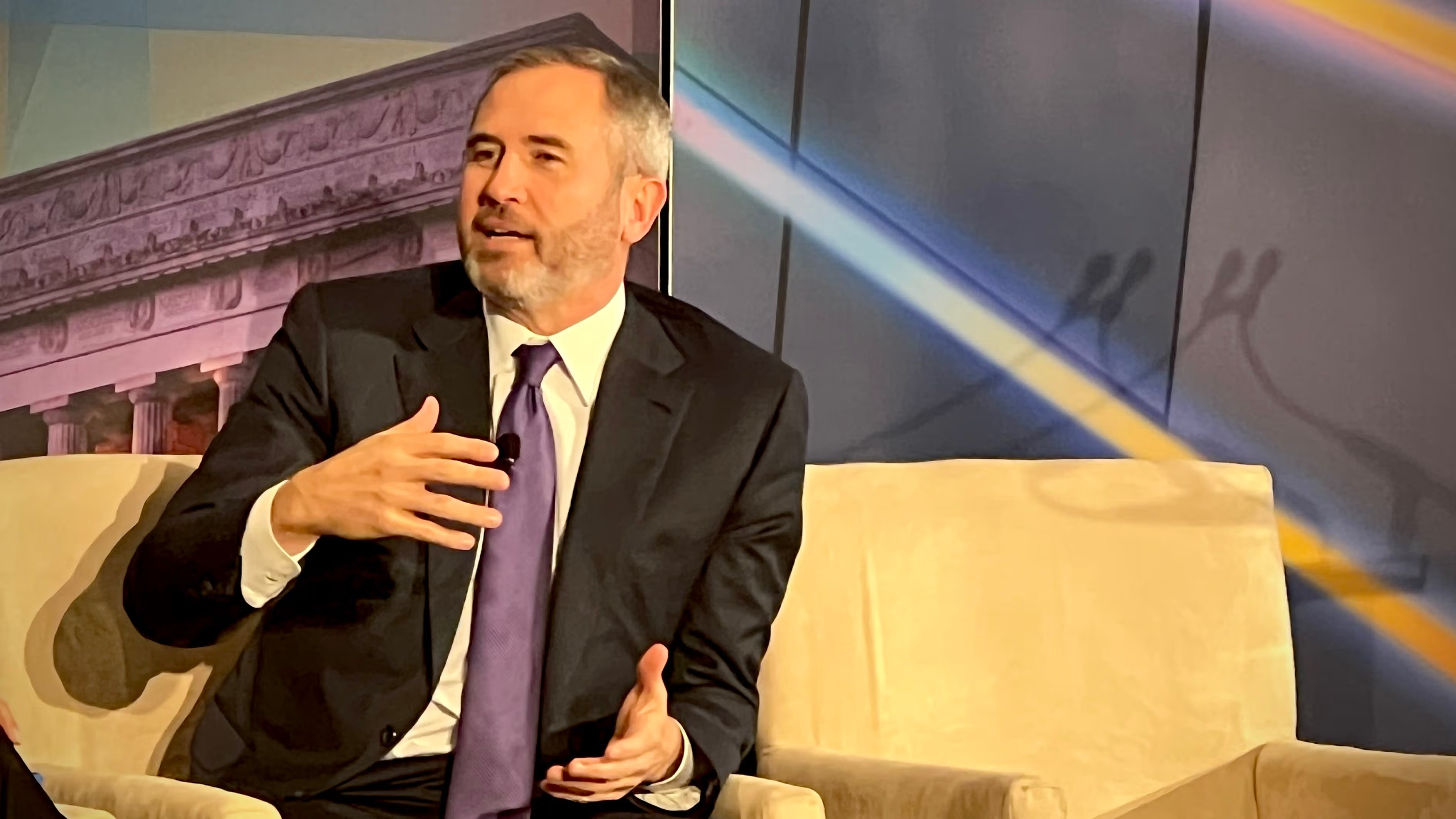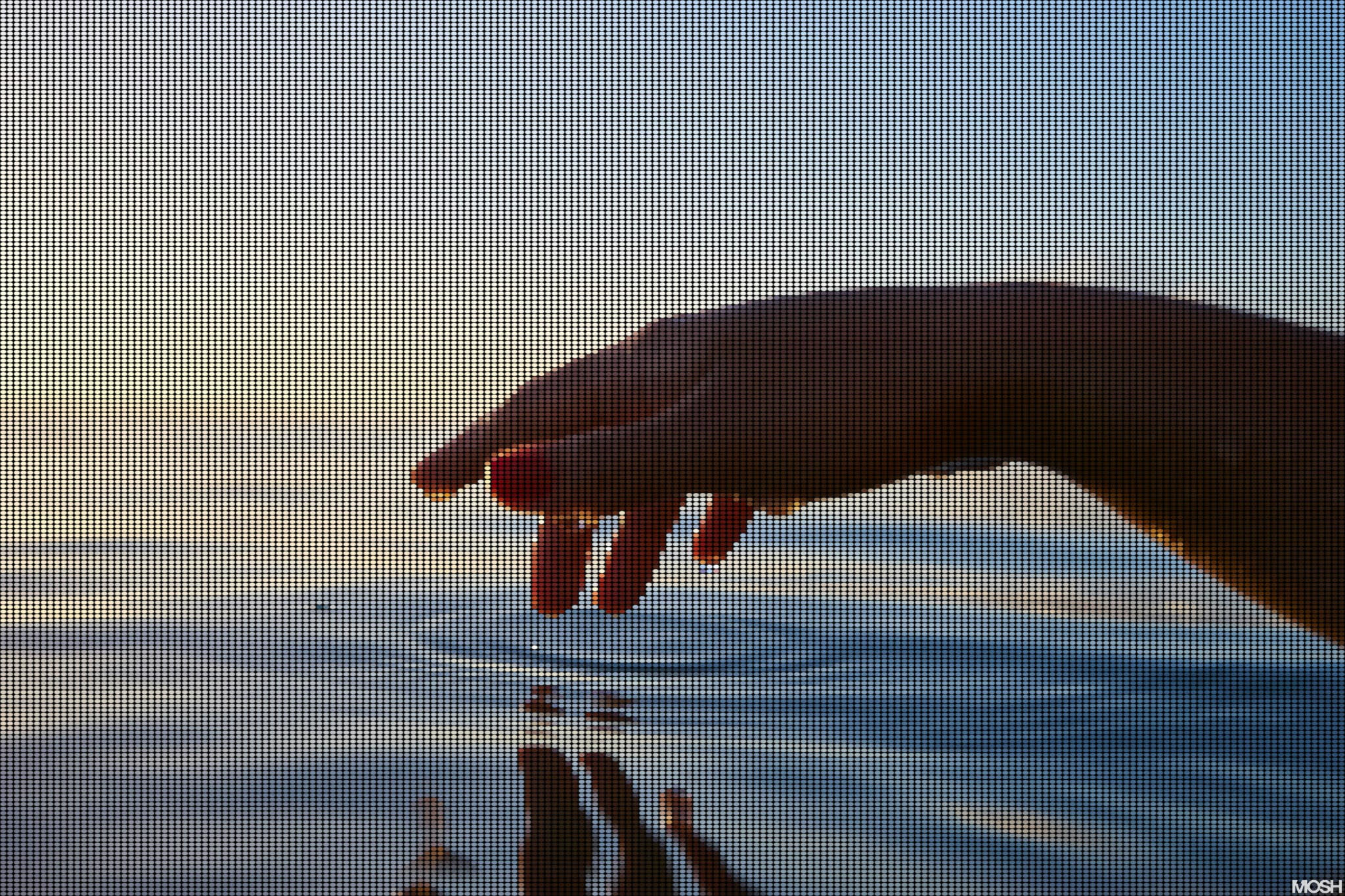As a child growing up in Brazil, the artist Gabriel Massan was fascinated by maps and the finer points of cartography. “All my life I have been interested in geography,” he tells The Art Newspaper, “in studying the mappa mundi, looking for capitals and economic summaries.” He became interested in the politics, economy and geography of his country and came to understand the inequality of Brazilian society, and the privilege of the upper class, which he witnessed daily in Rio de Janeiro. But he was saddened when he heard Brazil—which celebrated its bicentennial in September—being described as a “developing country”.
Massan’s cultural, national and geopolitical awareness adds a special charge to the name—Third World—he has given to the collaborative world-building video game he is creating, for launch in 2023, with Serpentine Artists Technologies; with a related blockchain project developed with the open-source platform Tezos. The project is part of Serpentine’s London-based Artist Worlds programme, which was set up in 2021 to examine how artists might use gaming engines and simulations to build new worlds, and bring audiences into an experience, streamed live. Massan sees Third World as a way to offer access to his own world, to question what it is to travel, as well as the attitudes towards Brazil and Brazilians that he has encountered around the globe—it is part of his practice, he says, to question inequality—and to give other artists and developers a platform to explore and build on.
A scene from the world-building video game Third World, which Gabriel Massan is making in collaboration with his fellow Brazilian artists Castiel Vitorino Brasileiro, Novíssimo Edgar and LYZZA. Image courtesy Gabriel Massan
Third World will be launched as an online video game, and showcased in an exhibition of Massan’s work to be held at Serpentine, in London, in summer 2023. Massan is also working during Art Basel in Miami Beach with the Tezos blockchain to issue limited-edition tokens based on Third World, at an event co-hosted by Tezos and Serpentine on 30 November.
The Miami event coincides with the launch of Serpentine’s latest strategic report, Future Art Ecosystems: Vol 3. Art x Decentralised Tech, part of a programme to bring artists into advanced tech and to involve society as a whole in the work they produce. Serpentine’s mission is “building new alliances” said Hans Ulrich Obrist, the artistic director of Serpentine Galleries, at the report’s launch in London. “New connections between artists and society.”
The Serpentine team manages to push artists, Massan says, “to create the possibility to experiment, to create a dream”
For Massan, now based in Berlin, Third World has been a collaboration on a challenging scale from day one. He has worked online with the team at Serpentine Artists Technologies, a large number of developers—he brought 30 pages of notes to the first research and development discussion—and a growing team of artists from around the world, with particular contributions from his fellow Brazilian artists Castiel Vitorino Brasileiro, Novíssimo Edgar and LYZZA. And the project has grown to become massive and detailed, with a separate narrative, built around three scenarios, on each level of the game. The Serpentine team manages to push artists, Massan says, “to create the possibility to experiment, to create a dream”.
A scene from the world-building video game Third World, which Gabriel Massan is making in collaboration with his fellow Brazilian artists Castiel Vitorino Brasileiro, Novíssimo Edgar and LYZZA. Image courtesy Gabriel Massan
From a maker of objects to a creator of systems
Bettina Korek, the CEO of Serpentine Galleries, says the collaboration with Massan on Third World comes out of the Serpentine’s long-term project to evolve the white-cube model for museums and galleries into a real user experience of art. Users will be able to encounter Third World in a gallery, download it from the Steam platform, or play live on the popular game streaming site Twitch, and then archive and share their experiences in Third World—images and captures from inside the game—on the Tezos blockchain. Taken together, these multiple touchpoints create a “deep exchange”, Korek says; and are allowing Massan to move from being a maker of art objects to a creator of systems. (This type of artist trajectory is at the heart of the new Future Art Ecosystems report.)
A fundamental system that Massan and Serpentine Artists Technologies have generated is one of collaboration with other artists and developers. Massan sees the work as “not just me but a group of artists and thinkers”. Live on videoconferencing with collaborators in Europe, Brazil and Japan, he says, “the chat was full of links, game plays, new ways of programming the game”. Sometimes, he says, it felt like a group study back at college.
An innovative system that the Third World collaborative team is looking to introduce is the use of smart contracts to record the contribution of all Massan’s fellow creatives, and to maintain that record—as a permanent ledger—through any subsequent transactions involving NFTs produced in connection with Third World.
A scene from the world-building video game Third World, which Gabriel Massan is making in collaboration with his fellow Brazilian artists Castiel Vitorino Brasileiro, Novíssimo Edgar and LYZZA. Image courtesy Gabriel Massan
For Eva Jäger, the curator of arts technologies at Serpentine, the project is addressing the challenge of using smart contracts to create a (long-promised) secondary market for art on the blockchain. An artist and their collaborative team, she says, should be written into such contracts from the beginning, so that the benefit is not just for the token holder. The creative team’s initial investment in the artwork would thus be protected, and they would become part of the community creating NFTs from the game.
Massan was familiar with Tezos before the start of his involvement withThird World, and already felt at home in its open-source environment. “Friends were minting [tokens] on systems based on Tezos,” he says. “It was one of the few platforms where artists were minting and collecting every day. With a huge amount of interactivity, giving value to this community. With Tezos, I started collecting work.”
A world without maps
Massan started the Third World project by creating six or seven original three-dimensional sculptures, and then inviting other artists and developers to collaborate. He was inspired by classic world-building games such as SIM City and Grand Theft Auto and by the advice he received on building communities from the Danish New York-based artist Jakob Kudsk Steensen, whose Primal Tourism—a live multiplayer virtual event developed with three other artists and focused on the inter-relationship between ecology, sustainability and advances in tech—was the subject of Serpentine’s Art Worlds programme in 2021.
Gabriel Massan, a lifelong cartographer, has deliberately given his game no maps for players to follow Photo: Hick Duarte
A thoughtful speaker who takes time to answer a question, and gives considered replied, Massan wants Third World to be a place where other artists and players “stop to listen, and hear to see”. To think, and then to choose. When he presented the concept in Germany, displaying stills from Third World, he asked the audience to “close your mind to start” and was very pleased when a young visitor told him he had closed his eyes, after studying the stills and the concept, “to try to animate the game”.
Massan wants Third World to be a place where other artists and players “stop to listen, and hear to see”.
Massan, the lifelong cartographer, has deliberately given the game no maps for players to follow. This is “so that people will find their way”, he says. “To think of what is there… beyond inequality. Also where [they] are coming from geographically. To find another way.” And he is using Third World to play with time—always a prime consideration in gaming—and the power of memory. In any one level he and his collaborators might create five artefacts, he says, three of which are related to memory of that space. These artefacts can move between levels and “bring those memories through from one level to the next”.
For Jäger, bringing an artist into a live-streamed world-building gaming has “potential monster appeal: with music, fashion, DJs helping to tap into different audiences”. For Massan himself the scale and variety of the game-building experience—recording audio with one artist, working one-to-one with another; in person and online—has been an intense experience. Sometimes, he says, he feels he might actually be living in his own game. The experience has informed his discussions with other artists who have practices that include the blockchain. It has also given him a different perspective on the traditional art world.
Third World is a permanently evolving world that artists and developers can add to—what Massan calls a “metaverse inside an environment that people can access”. And when the game launches in 2023, he says, “that will be just the beginning”.
• Tokens derived from Gabriel Massan’s Third World will be given to guests at Tezos x Serpentine, SLS South Beach hotel, Wednesday 30 November, 9pm-1am
• Future Art Ecosystems: Vol 3. Art x Decentralised Tech was published by Serpentine on 25 November
• Gabriel Massan and Third World will be featured in an exhibition at Serpentine North, London, in summer 2023
Read More: news.google.com









 Bitcoin
Bitcoin  Ethereum
Ethereum  Tether
Tether  XRP
XRP  Solana
Solana  Dogecoin
Dogecoin  USDC
USDC  Cardano
Cardano  Lido Staked Ether
Lido Staked Ether  TRON
TRON  Avalanche
Avalanche  Sui
Sui  Wrapped stETH
Wrapped stETH  Toncoin
Toncoin  Chainlink
Chainlink  Shiba Inu
Shiba Inu  Wrapped Bitcoin
Wrapped Bitcoin  Stellar
Stellar  Hedera
Hedera  Polkadot
Polkadot  WETH
WETH  LEO Token
LEO Token  Bitcoin Cash
Bitcoin Cash  Litecoin
Litecoin  Uniswap
Uniswap  Pepe
Pepe  Hyperliquid
Hyperliquid  Wrapped eETH
Wrapped eETH  Ethena USDe
Ethena USDe  NEAR Protocol
NEAR Protocol  USDS
USDS  Internet Computer
Internet Computer  Aptos
Aptos  Aave
Aave  Mantle
Mantle  POL (ex-MATIC)
POL (ex-MATIC)  Cronos
Cronos  Ethereum Classic
Ethereum Classic  MANTRA
MANTRA  Render
Render  Bittensor
Bittensor  Monero
Monero  Tokenize Xchange
Tokenize Xchange  Dai
Dai  Artificial Superintelligence Alliance
Artificial Superintelligence Alliance  Arbitrum
Arbitrum  Virtuals Protocol
Virtuals Protocol